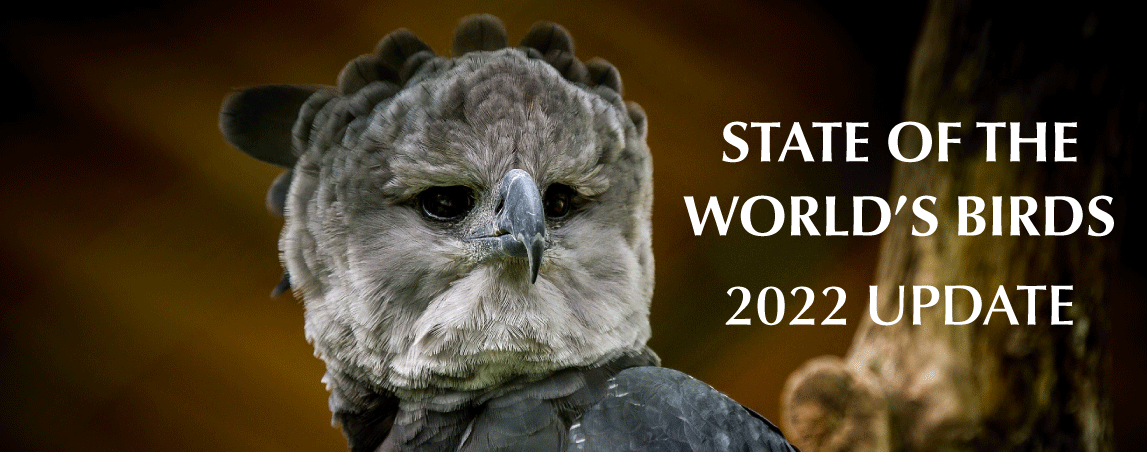
Harpy Eagle © R. Winkelmann/ Pixabay
This annual update summarises and profiles some of the key developments in bird science and conservation over the last year. Since the last comprehensive edition of State of the World’s Birds was published in 2018, knowledge and evidence has continued to accumulate about the changing conservation status and trends of the world’s birds (STATE), the threats causing birds to decline (PRESSURE), and the conservation actions being taken to improve their status (RESPONSE).
BirdLife International is the official Red List Authority for birds, responsible for assessing and documenting the global extinction risk of all 11,000+ species for the IUCN Red List. Following transparent expert discussions on BirdLife’s Globally Threatened Bird Forums, the 2021 Red List update saw 34 species being uplisted to higher threat categories and 94 downlisted to lower threat categories.
Some of the highest profile changes included the uplisting of several species owing to declines driven by overexploitation. Maleo Macrocephalon maleo was uplisted to Critically Endangered following decades of egg collection and hunting; Harpy Eagle Harpia harpyja moved from Near Threatened to Vulnerable due to the combined impacts of deforestation, hunting and persecution; and Vietnamese Crested Argus Rheinardia ocellata, only recognised as a separate species in 2020, shot straight to Critically Endangered owing to extremely intensive hunting with snares.
Conversely, Hawaiian Goose Branta sandvicensis was downlisted from Vulnerable to Near Threatened following a highly successful captive breeding and reintroduction programme. South Georgia Pipit Anthus antarcticus was also downlisted from Near Threatened to Least Concern thanks to successful eradication of rodents from the island.

Number of species in each IUCN Red List category (numbers in red indicate the net change since the previous year's assessment).
The latest Action Plan for Australian Birds, released in December 2021, reveals that one in six bird species or subspecies are nationally threatened. Climate change is emerging as the greatest threat to Australia’s birds, with unprecedented frequency and intensity of drought, fires and heat driving species towards extinction. However, the report also illustrates conservation success stories, with declines of several species slowed or reversed by well-implemented conservation actions.

National IUCN Red List Categories for extant Australian bird taxa (species and subspecies).
The EU has lost 560-620 million native breeding birds since 1980, representing a loss of 17-19%. Patterns of loss vary between species according to their abundance, habitat and other aspects of their ecology. The largest declines have occurred in common and abundant species, those associated with agricultural and grassland habitats, long-distance migrants and shorebirds. The loss of abundant species may impact ecosystem function and the delivery of ecosystem services. However, the rate of population decline appears to have slowed since 2000, suggesting that conservation actions to protect species and restore habitats may be helping to slow and reverse population trends.

House Sparrow Passer domesticus. Photo © Amee Fairbank-Brown
Analysis of data from BirdLife’s latest species assessments for the IUCN Red List shows that the threats affecting the greatest number of the world’s threatened bird species are (in descending order) agriculture, logging, hunting and trapping, invasive alien species, residential and commercial development, and fire and fire suppression. These same threats also emerge highly from monitoring of Important Bird & Biodiversity Areas (IBAs) by the BirdLife Partnership.
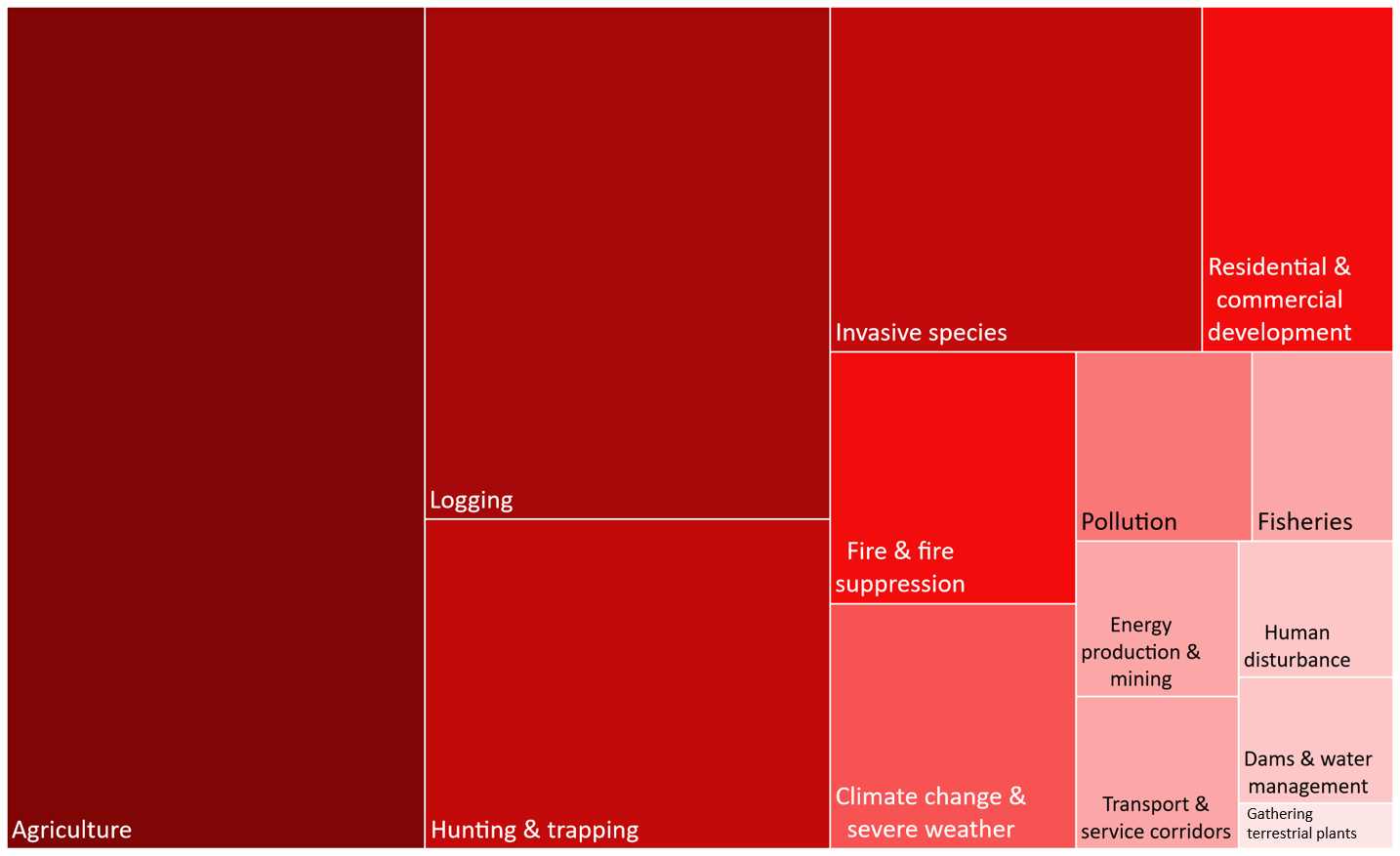
The relative importance of different threats to globally threatened bird species based on the impact of the threat and the number of species affected. Only threats of medium or high impact are considered. Many species are affected by more than one threat.
Human-induced pressures are driving biodiversity loss, but there is little information available on the spatial distribution of the impacts of these threats. In a novel approach to threat mapping, data on threats to species from the IUCN Red List have been used to model the global distribution of impacts of the top six threats to terrestrial vertebrates. For birds, this indicates that hunting and trapping is the most prevalent threat across much of the world, while climate change has the highest probability of impact in the polar regions, eastern Australia and South Africa. These data can be used to identify hotspots for threat mitigation, and regions in which increased sampling efforts are needed to improve our understanding of threats to species.
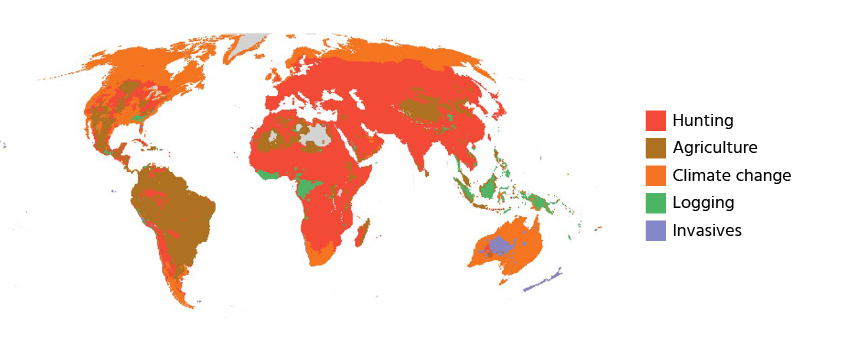
The threat with the highest probability of impact in each 50x50km grid cell
African-Eurasian migratory waterbirds rely on a network of wetland sites within and between their breeding and wintering ranges. Climate change is predicted to alter the suitability of these sites, causing species’ ranges to shift. Species distribution models show that, within this group, dispersive species in the Afrotropical realm and migratory species in the breeding season are projected to suffer the greatest net losses in suitable habitat. Habitat suitability is predicted to decrease at over half of Critical Sites for these species. Therefore, carefully planned, coordinated conservation actions will be required to ensure the climate resilience of wetland species and their habitats.

Sociable Lapwing Vanellus gregarius. Photo © Subramanya CK
During implementation of the 2013-2020 BirdLife Strategy, 726 globally threatened bird species (46%) directly benefitted from the work of the BirdLife Partnership. These include European Turtle-dove Streptopelia turtur, a focus for 35 BirdLife Partners; 13 species of albatross, which have benefitted from the BirdLife International Marine Programme; and 15 Critically Endangered species that have been studied by PhD students supervised by BirdLife staff.

Raso Lark Alauda razae was until recently found only on the small island of Raso in Cape Verde. The already small population of this bird is subject to extreme fluctuations according to rainfall, putting it at high risk of extinction. Sub-fossil evidence suggests that the species historically occurred on the nearby island of Santa Luzia, so re-introduction of the species to this island was identified as a viable conservation strategy. Following a cat eradication programme on Santa Luzia, translocations of larks were carried out in 2018 and 2019, and, despite the COVID-19 pandemic putting a halt to work during much of 2020, initial results are promising. During the latest trip to the island at least 50 birds and 9 nests were recorded, and there were no signs of feral cats.
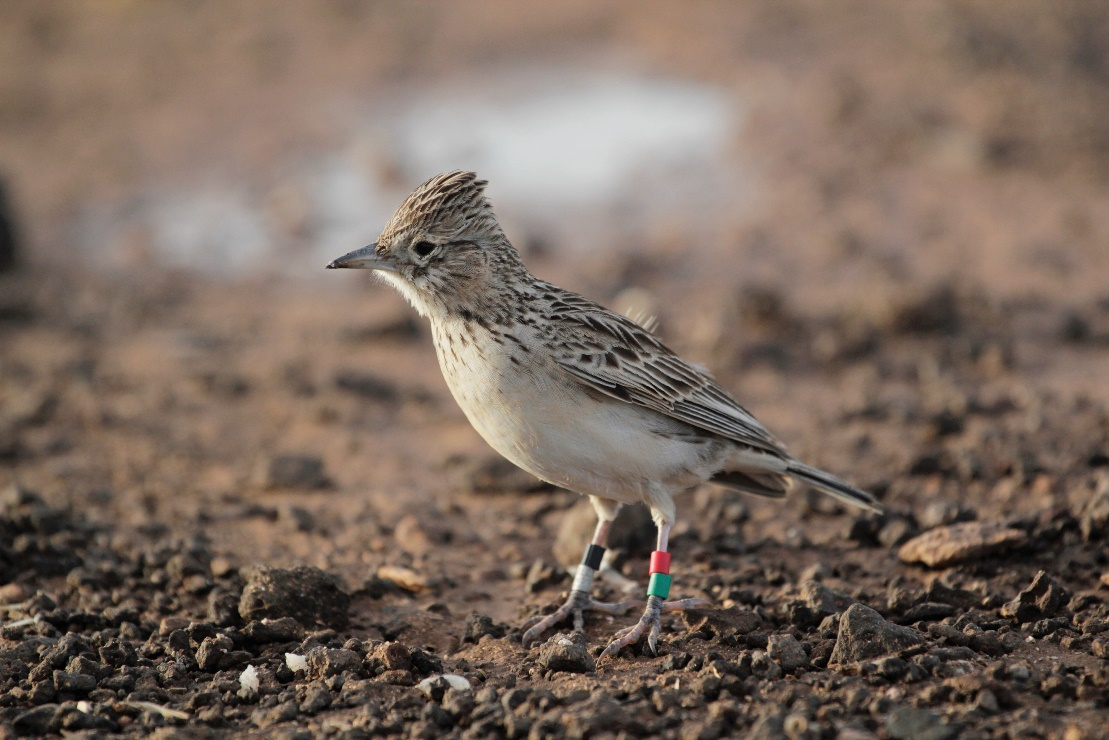
Raso Lark Alauda razae Photo © Awatef Abiadh
The North Atlantic Current and Evlanov Sea-basin (NACES) MPA covers 600,000 km2 of ocean and protects one of the most important concentrations of migratory seabirds in the Atlantic. The site was identified from seabird tracking data through a collaborative analysis led by BirdLife International, and represents the first ever marine protected area on the High Seas designated on the basis of tracking data.
.png)
Location of the NACES MPA in the North Atlantic.
What do birds tell us about progress to the Aichi Targets and requirements for the post-2020 biodiversity framework?
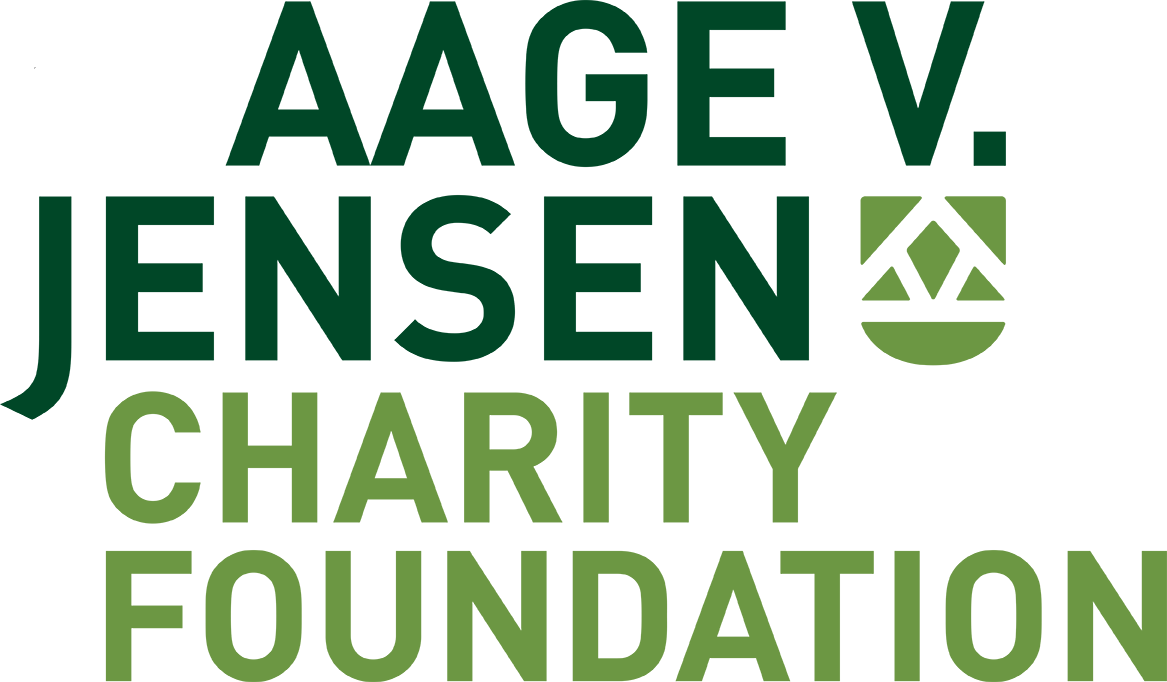
BirdLife's work on State of the World's Birds is generously funded by the Aage V. Jensen Charity Foundation.